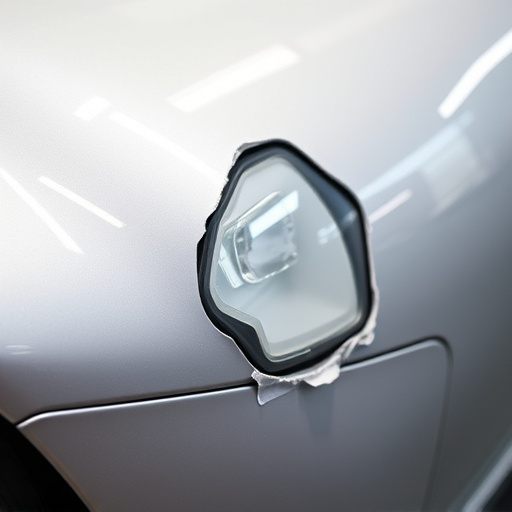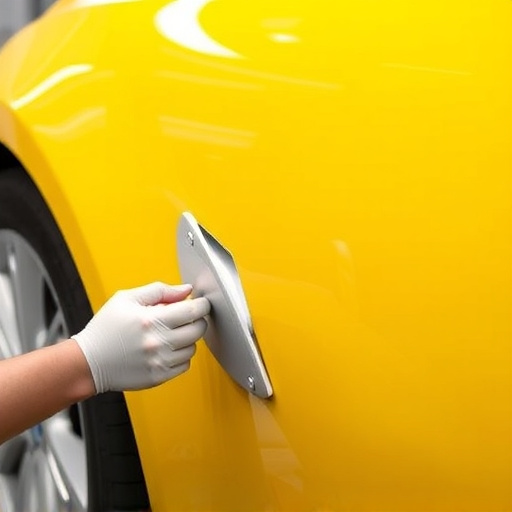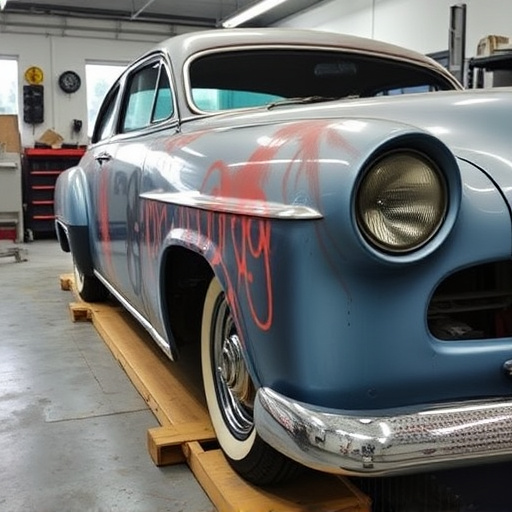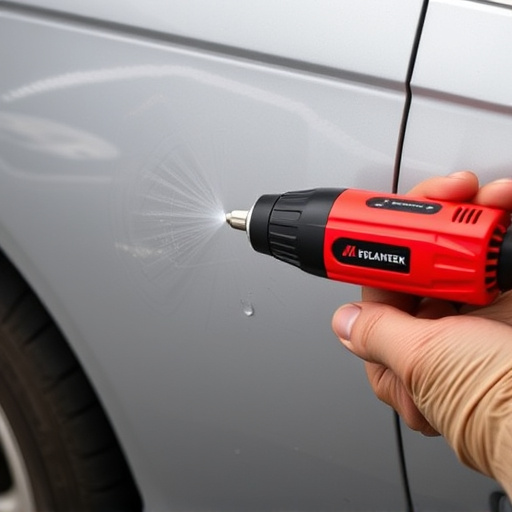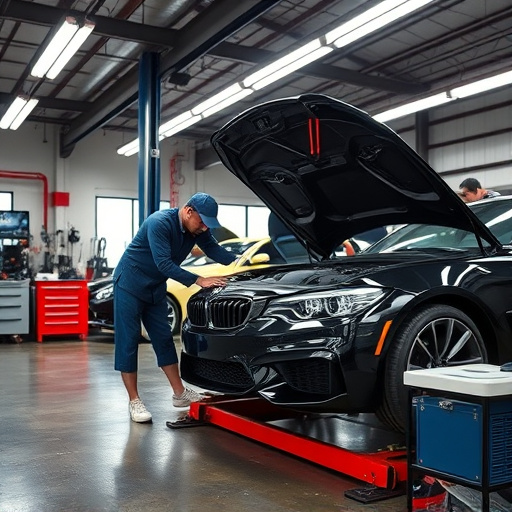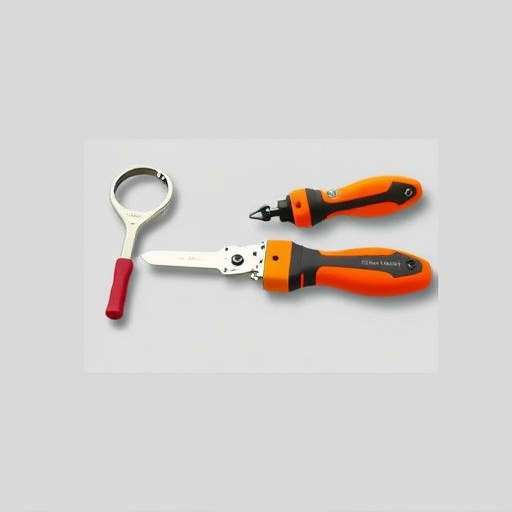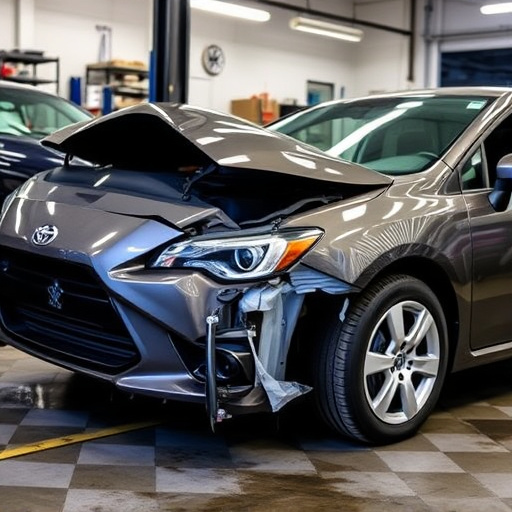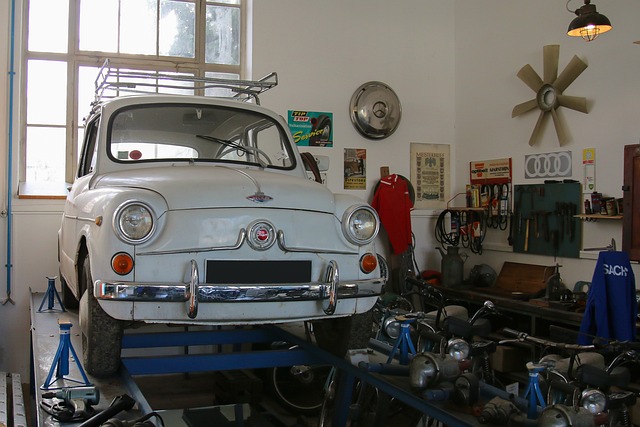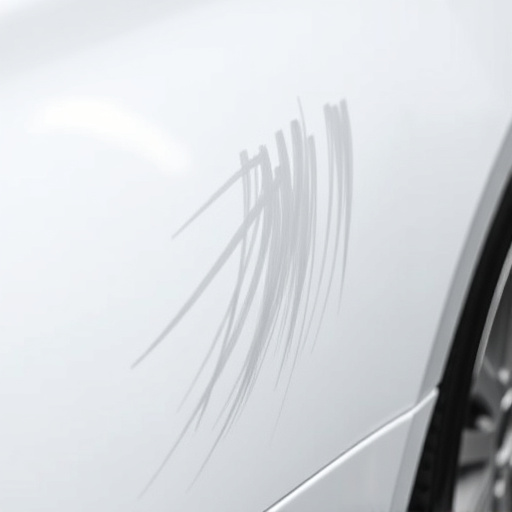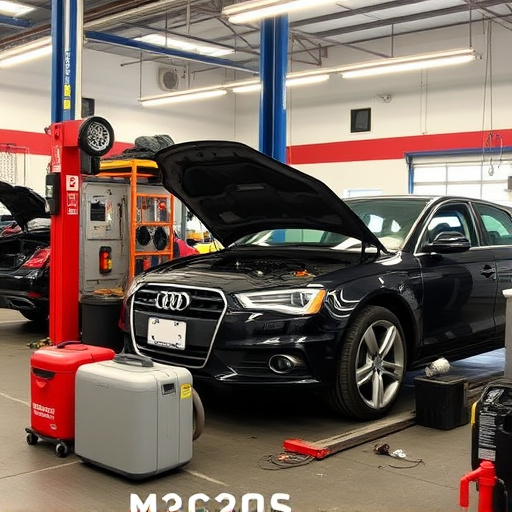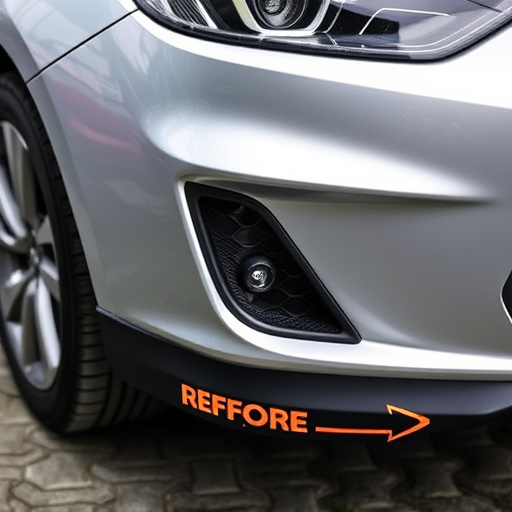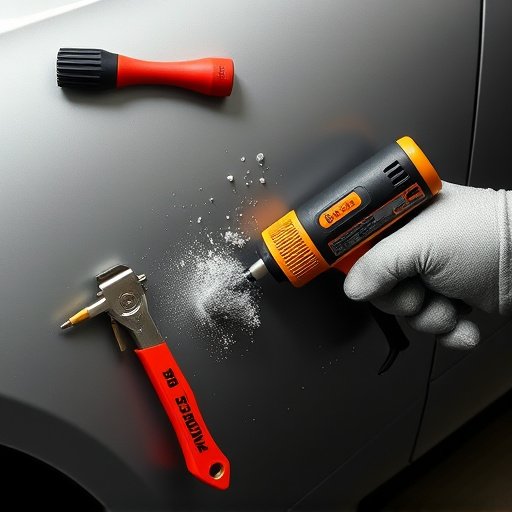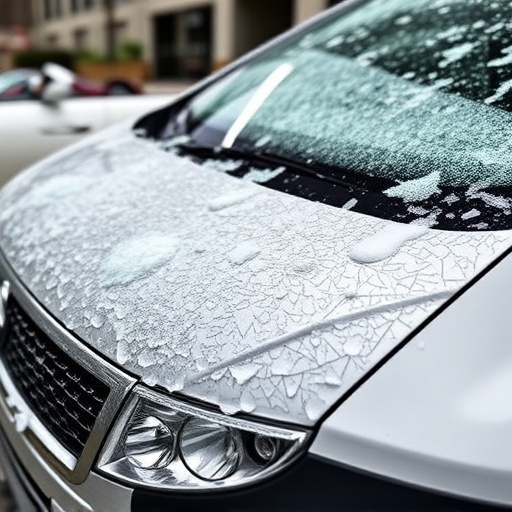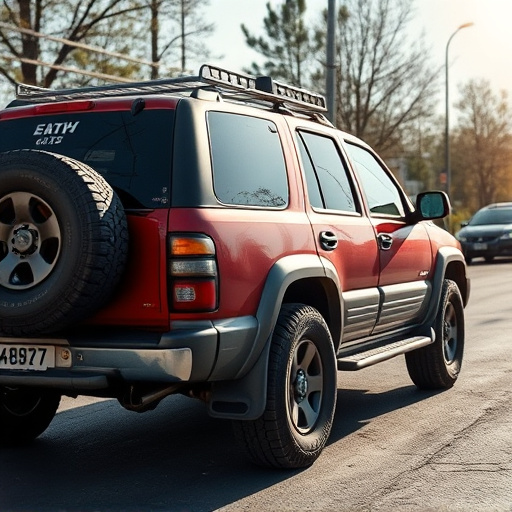By 2025, structural integrity restoration undergoes a profound transformation driven by cutting-edge technologies like drone inspections and advanced 3D imaging, enabling precise damage detection. Automation and robotics further streamline processes in car body shops, enhancing accuracy in tasks such as panel alignment and scratch repair. This fusion of modern technology and skilled craftsmanship meets the growing demand for both quality and speed in vehicle damage repair, revolutionizing both residential and commercial restoration practices. Additionally, AI algorithms predict future restoration needs based on historical data, empowering restorers to proactively preserve architectural heritage.
The future of structural integrity restoration is brimming with innovation, as 2025 and beyond promise significant advancements in preserving our built heritage. This article explores emerging trends that are revolutionizing the industry. From cutting-edge technologies like drone inspections and AI-driven data analysis to sustainable practices and digital transformation, these innovations ensure historical structures remain standing for generations to come. Discover how structural integrity restoration is evolving, incorporating green materials, digital twins, and virtual reality to meet the challenges of conservation in a modern world.
- Emerging Technologies for Structural Assessment and Repair
- – Advancements in drone technology for structural inspections
- – AI-driven analysis of historical building data to predict restoration needs
Emerging Technologies for Structural Assessment and Repair
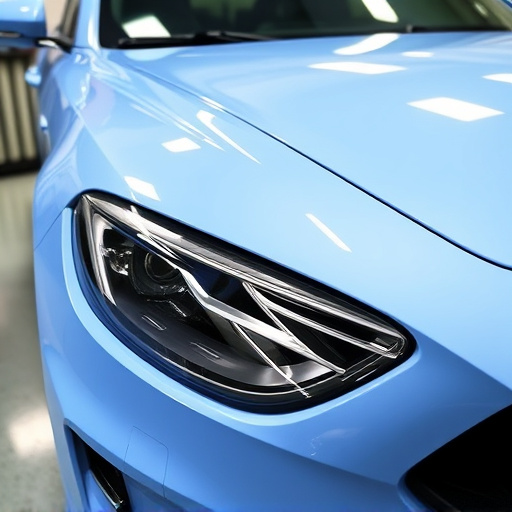
The year 2025 marks a significant turning point for structural integrity restoration, driven by technological advancements that are revolutionizing the way we assess and repair structures. Emerging technologies such as drone inspections and advanced 3D imaging are transforming the industry, offering unprecedented precision and efficiency in detecting and mitigating damage. These innovations enable more thorough evaluations, especially in hard-to-reach areas, facilitating safer and more effective restoration strategies.
Furthermore, automation and robotics are increasingly integrated into car body shops to enhance structural integrity restoration processes. This technology not only expedites repairs but also improves accuracy, particularly in tasks like panel alignment and scratch repair. As a result, traditional automotive restoration techniques are evolving, combining modern technology with skilled craftsmanship to meet the ever-growing demand for quality and speed in vehicle damage repair.
– Advancements in drone technology for structural inspections
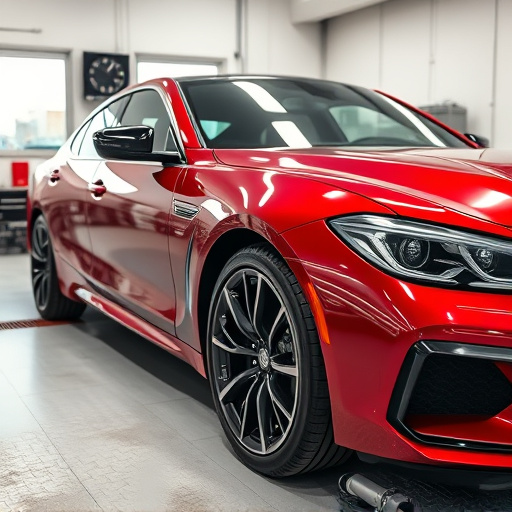
The year 2025 promises significant advancements in structural integrity restoration, with drone technology taking center stage. These advanced aerial vehicles are equipped with high-resolution cameras and sensors that can capture detailed images and data from hard-to-reach areas of structures. This capability allows for non-invasive inspections, enabling professionals to assess damage accurately without causing further harm. By leveraging drone technology, restorers can streamline the initial evaluation process, making structural integrity restoration more efficient and cost-effective.
Furthermore, integrating AI into drone operations enhances the analysis of inspection data. Artificial intelligence algorithms can detect subtle anomalies and patterns indicative of potential structural issues, complementing human expertise. This fusion of technology not only improves accuracy but also allows restorers to prioritize repairs, focusing on critical areas first. As these innovations mature, they will significantly impact the car body shop and auto repair industry, revolutionizing how structural integrity restoration is approached in both residential and commercial settings.
– AI-driven analysis of historical building data to predict restoration needs
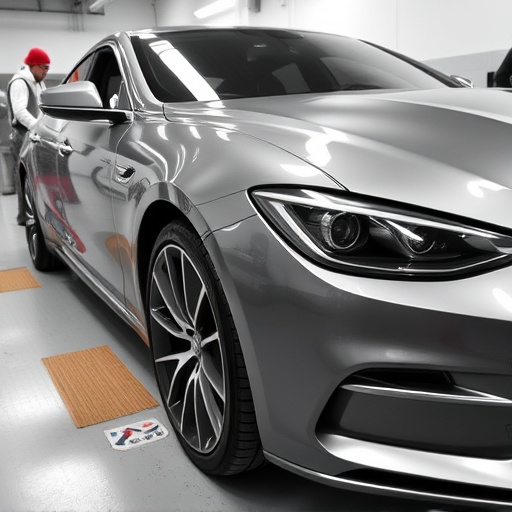
The year 2025 marks a significant turning point for the structural integrity restoration industry, as advanced technologies begin to transform traditional practices. One such game-changer is the integration of Artificial Intelligence (AI) in historical building data analysis. AI algorithms can sift through vast archives of architectural blueprints, maintenance records, and construction techniques from decades past to predict future restoration needs. This predictive capability allows restorers to proactively address issues before they escalate, ensuring the longevity and aesthetic appeal of these historic structures.
By leveraging AI, restorers can now make data-driven decisions that were previously reliant on experience and guesswork. The process involves analyzing patterns in historical car bodywork repairs—similar to how an automotive repair specialist might diagnose recurring issues—to identify structural vulnerabilities. This innovative approach promises to revolutionize the way we preserve our architectural heritage, mirroring the precision and efficiency found in modern car dent repair techniques.
As we look ahead to 2025 and beyond, the field of structural integrity restoration is poised for significant advancements. Emerging technologies like drone inspections and AI-driven data analysis are revolutionizing how we assess and repair historical structures. These innovative approaches promise more efficient, accurate, and cost-effective solutions for preserving our architectural heritage. By leveraging these trends, professionals can ensure the longevity and beauty of structures for generations to come.
